The exhibit is open from Sunday to Thursday 10:00 - 15:00. Call to make sure: 03-6953155.
The text by the curator Dr. Ktsia Alon:
In “Tell your daughter, “ the mother says something to her daughter. What? What does she have to say? What’s so urgent? What must she tell her?
Her own history and ours are encompassed in a few sentences. We feel the chill that passed over her when she, the holocaust survivor, realized that the Minister of History had suddenly, cunningly placed her on the other side of the barricade. She’ll rebuild her life on the ruins of others’. Her very being rebels at this inversion; she refuses the role assigned to her. Her refusal is heartfelt – she can’t do it. Period. End of story.
Who are those people in Jaffa who were saved from catastrophe by the skin of their teeth? What happened to them? Why? Those questions are pushed aside. The echoes of the unbearable distress of those forced to flee for their lives without even having had time to pack – the echoes of this humanitarian distress are so powerful they chase Genia away.
“The holocaust of European Jewry and the holocaust of Palestinian Arabs are both holocausts of the Jewish people. Both stare us in the face,” said Avot Yeshurun unequivocally, and that’s also the message of his well-known poem Passover On Caves, which he published in the 1950’s. What Yeshurun feels intuitively, poetically, Genia feels literally, physically.
The exhibit also includes “Seder Table,” a painting of a table set for dinner but without the diners who would enliven it, as well as other oil paintings based on Sha’ul Golan’s press photos.
The thread connecting Morag’s ontological world – a shared creative universe of video art and oil paintings – is the overwhelming threat to the home: the moment before or after its disintegration. That moment represents the heart of Morag’s aesthetic.
In 2010, Dvorah Morag exhibited “The History of Silence” at the Tel Aviv Artists’ House. At that time I wrote “Collecting Time” (meters 22 X 032, 2001-2008), part of which is included in this exhibit: “Morag’s painting shows the rough, brutal incursion of the Israeli soldier equipped with a helmet and binoculars into the sanctum sanctorum of the Palestinian home, the woman’s modest, unpretentious kitchen. This painting is an icon of desecration, the desecration of both Jewish and Palestinian homes. Peering through the slats is like looking through gun slits; it transforms the house into a kind of ‘combat emplacement;’ it’s the ‘ultimate appropriation’ – using the other’s home in order to observe their compatriots. Israelis always view Palestinians ‘through gunsights.’ That approach eliminates, makes impossible any possible affinities” (originally published in Erev Rav). In response to a question about why the painting, based on Sha’ul Golan’s press photo, has wavy stripes across its length, Morag said: “I’m always interested in discovering how I deal with a set of limitations. Perhaps that’s connected to my parents’ stories about the holocaust.”
It seems that what had once been an implicit hidden kernel of emotion has now moved to center stage.
The transcription of the video that Dvora produced espacially for the exhibit:
We were shaved
We were naked
We're not crying,
We did not know what Crematorium means
you do not know where you're going
They put you inside,
So they would tell us
You see where the chimney is and the smoke is coming out
You are waiting to go inside.
I never wanted to tell
We dressed nicely with a hat and gloves and beautiful coats…
In Haifa we got out and they took us to Pardes Katz.
Pardes Katz was a large Maabara
There were tents, and it was a hard winter in 49
There were heavy rains and it was cold
And we were soaked with our clothes and we cried
So I decided I'm not staying here
The Sochnut promised to give us an apartment
We went to the Sochnut and they gave us a key and we arrive at Jaffa
It was not far from the harbor, it was a house enclosed by a fence
We opened the gate, opened the door and went in and we couldn’t believe our eyes…
we were in shocked.
The house was beautiful but we didn’t even enter,
because in the yard there was a round table set with plates and as soon as we saw this,
also saw there was a basement,
we were frighten
Besides the fear,
we could not look, it hurt us, how could people,
it reminded us how we had to leave the house and leave everything.
When the Germans arrived they threw us into the ghetto
And it was just the same situation and it was not in our power to stay.
I did not want to do the same thing that the Germans did.
We left, returned the key and stayed in Nachlat.
Dedicated to my dear parents
That despite of the horrors they were subjected to they
Remained compassion

מהתערוכה "והגדת לבתך", דבורה מורג / From the exhibit "And you shall tell your daughter", Dvora Morag
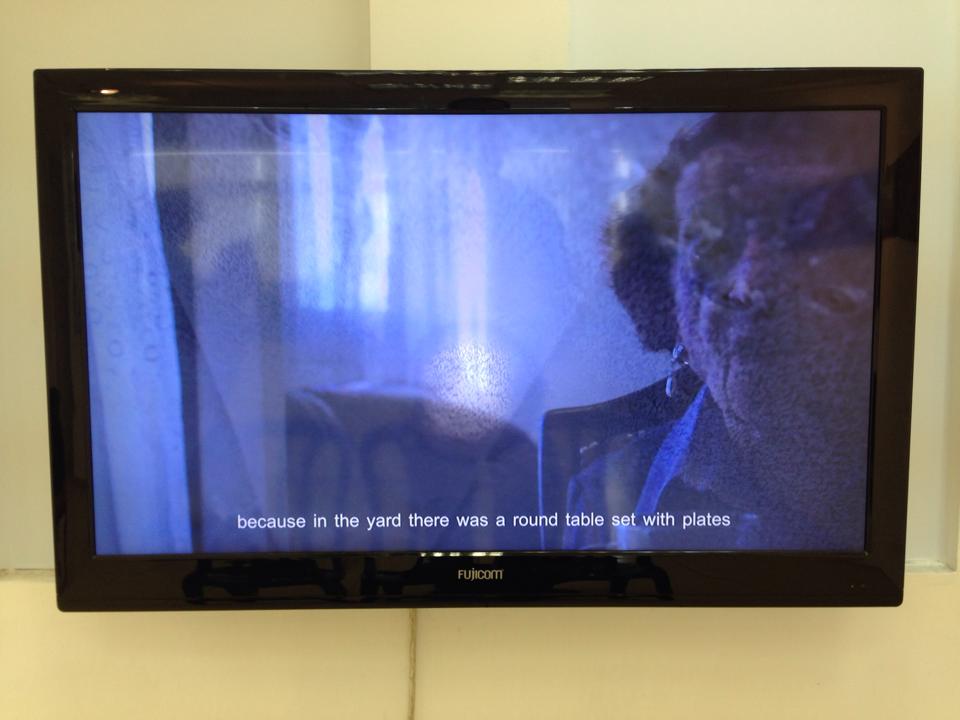
מהתערוכה "והגדת לבתך", דבורה מורג / From the exhibit "And you shall tell your daughter", Dvora Morag
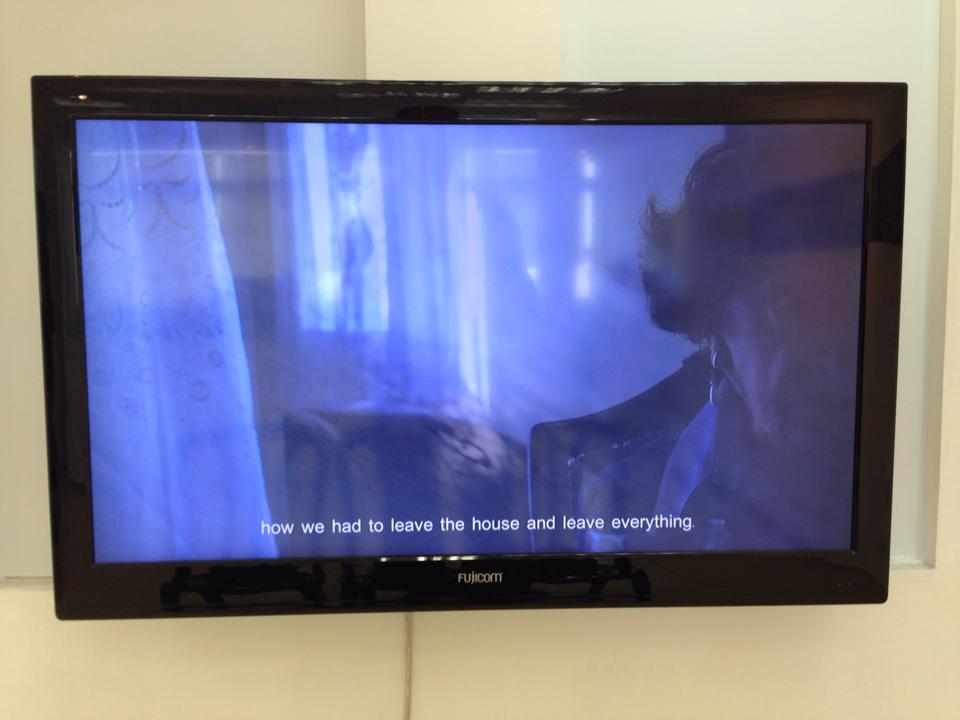
מהתערוכה "והגדת לבתך", דבורה מורג / From the exhibit "And you shall tell your daughter", Dvora Morag
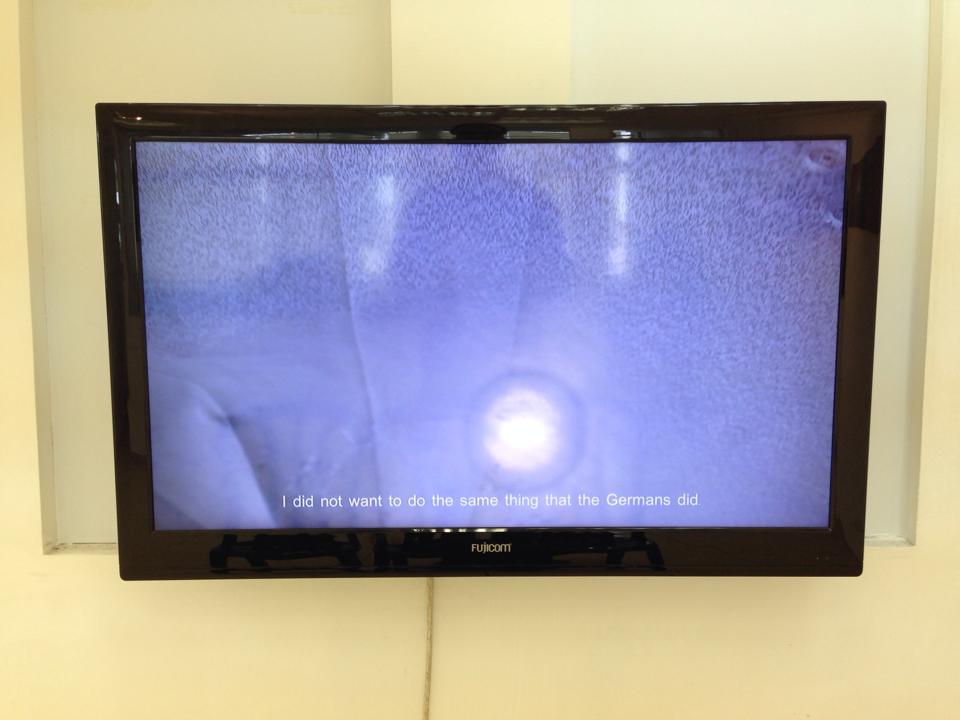
מהתערוכה "והגדת לבתך", דבורה מורג / From the exhibit "And you shall tell your daughter", Dvora Morag
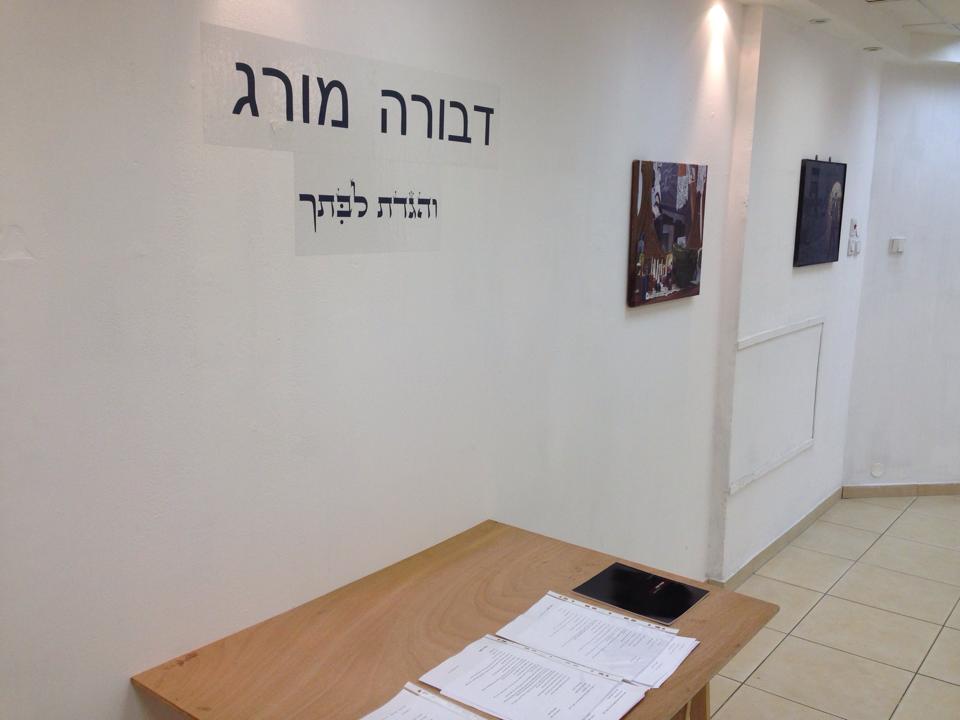
מהתערוכה "והגדת לבתך", דבורה מורג / From the exhibit "And you shall tell your daughter", Dvora Morag
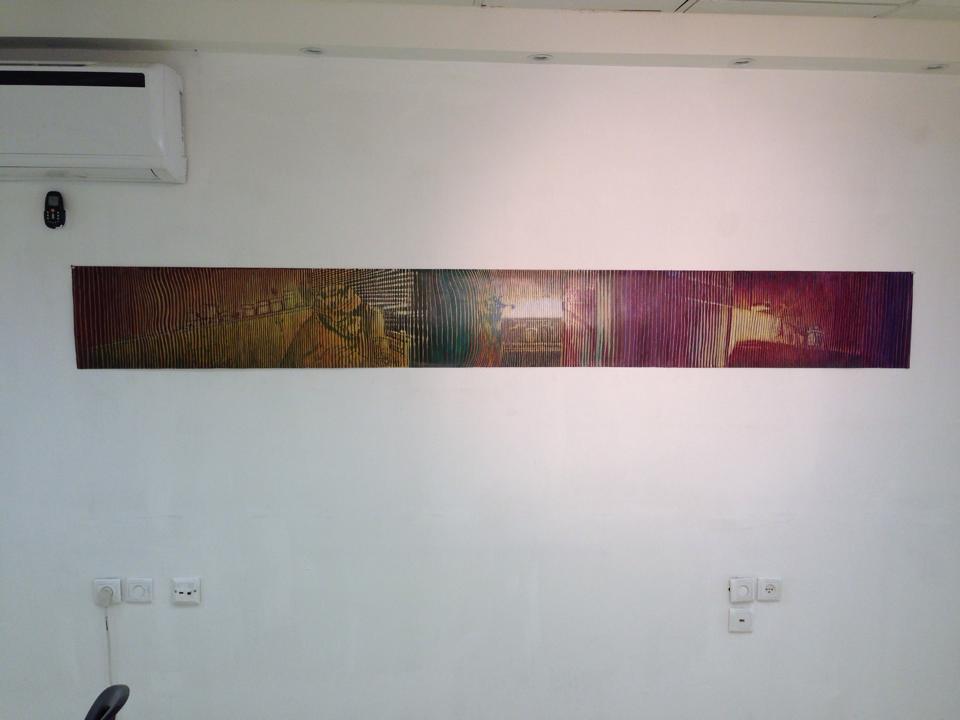
מהתערוכה "והגדת לבתך", דבורה מורג / From the exhibit "And you shall tell your daughter", Dvora Morag
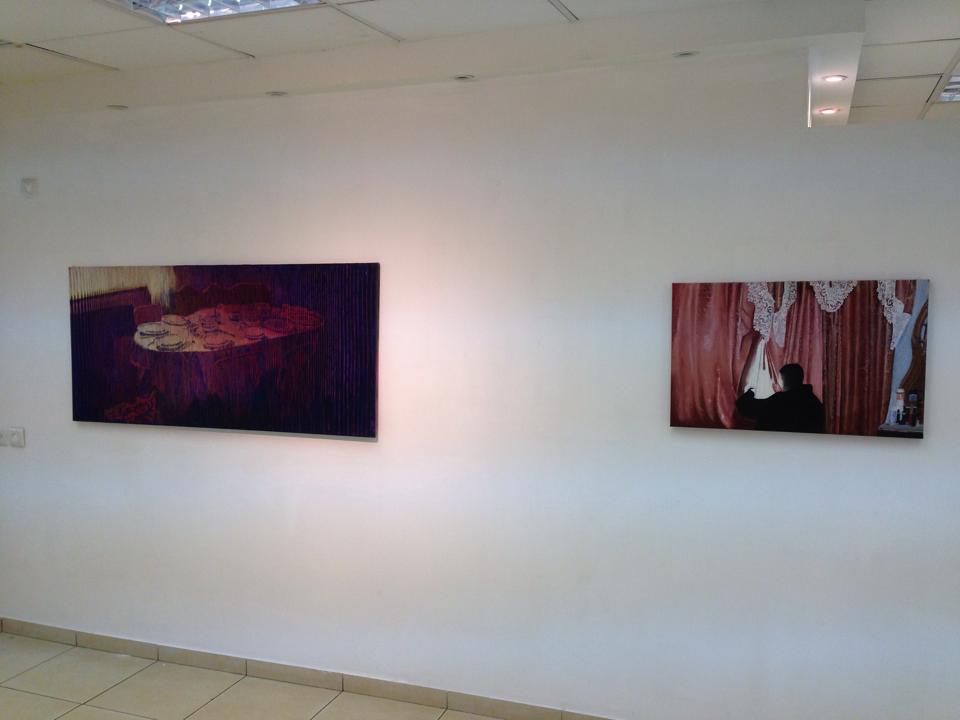
מהתערוכה "והגדת לבתך", דבורה מורג / From the exhibit "And you shall tell your daughter", Dvora Morag
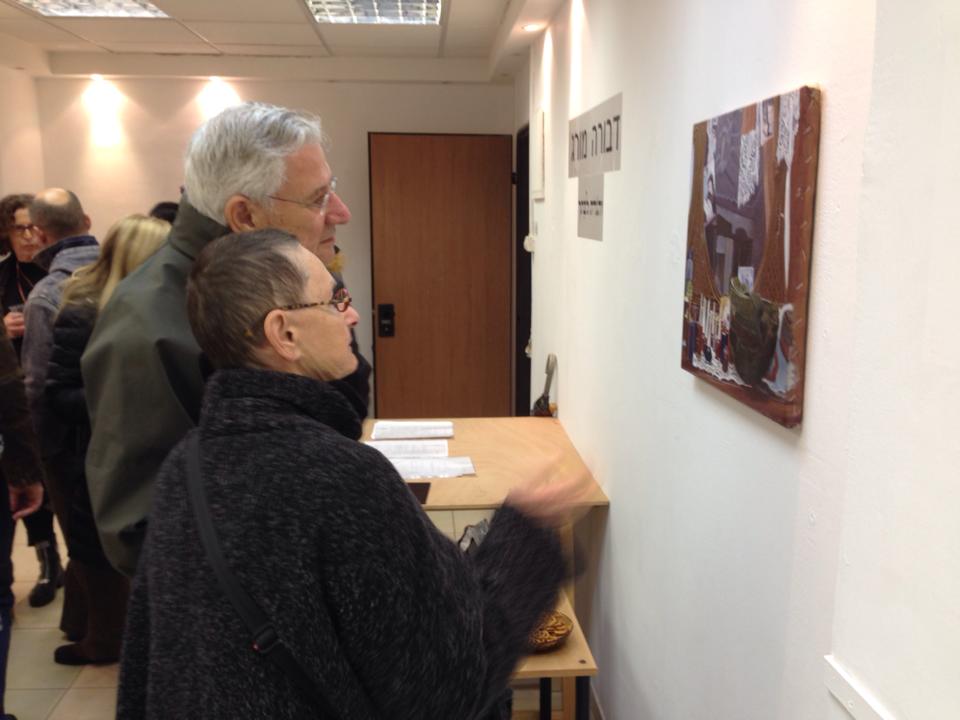
פתיחת התערוכה "והגדת לבתך", דבורה מורג / Exhibit opening "And you shall tell your daughter", Dvora Morag
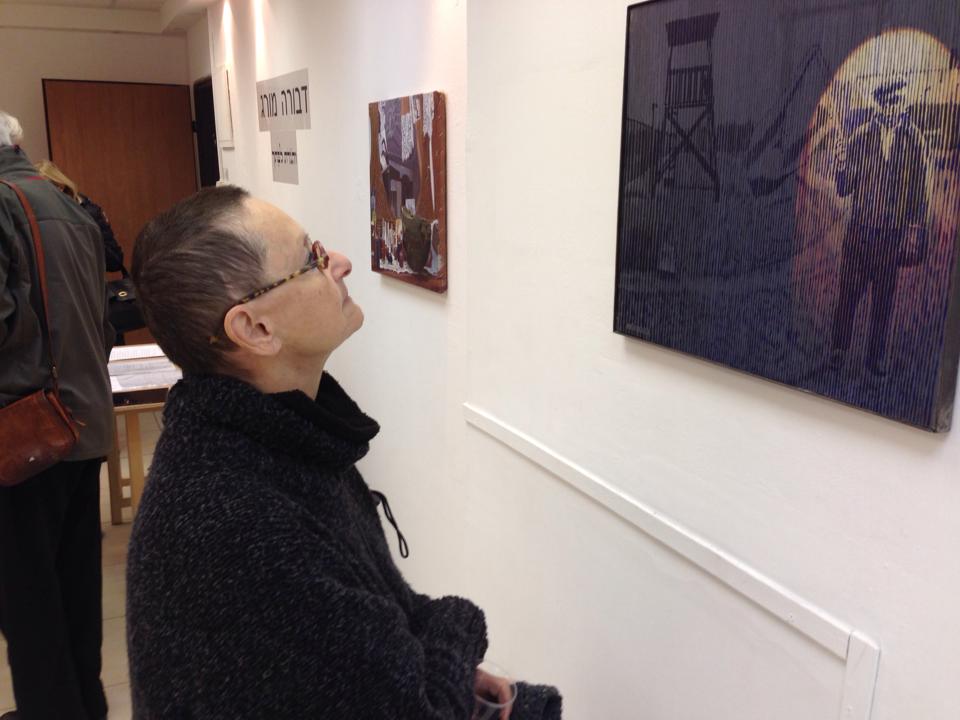
פתיחת התערוכה "והגדת לבתך", דבורה מורג / Exhibit opening "And you shall tell your daughter", Dvora Morag
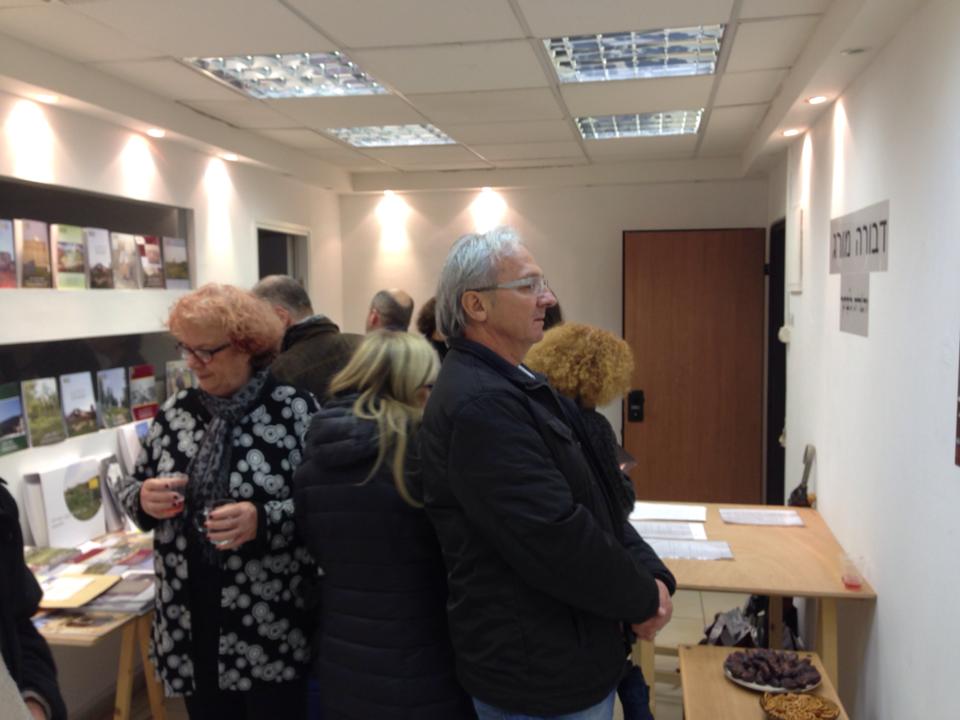
פתיחת התערוכה "והגדת לבתך", דבורה מורג / Exhibit opening "And you shall tell your daughter", Dvora Morag
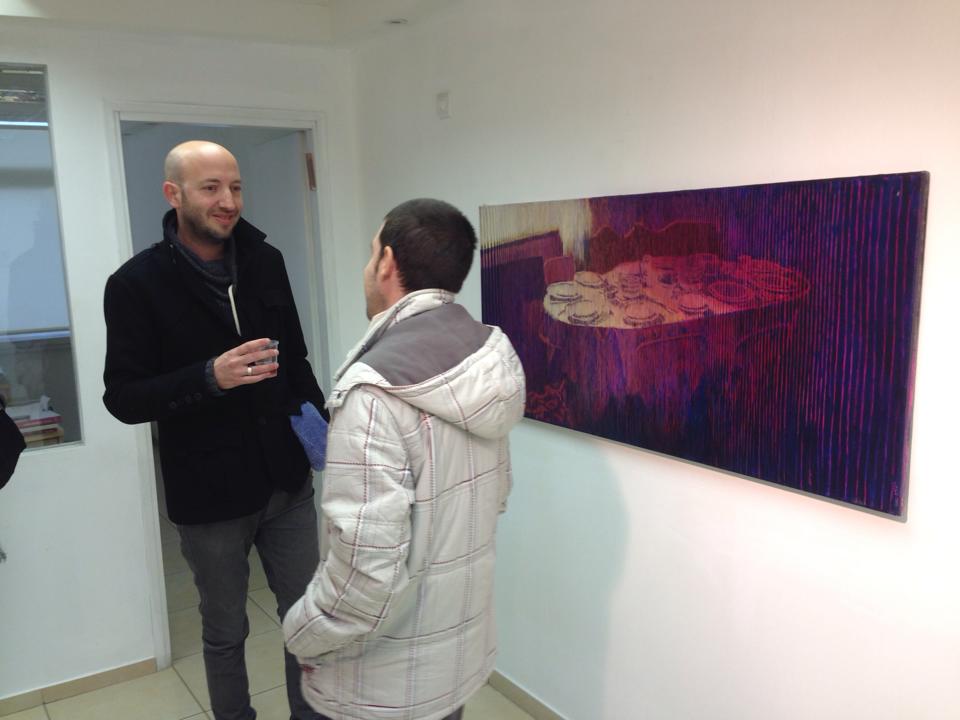
פתיחת התערוכה "והגדת לבתך", דבורה מורג / Exhibit opening "And you shall tell your daughter", Dvora Morag
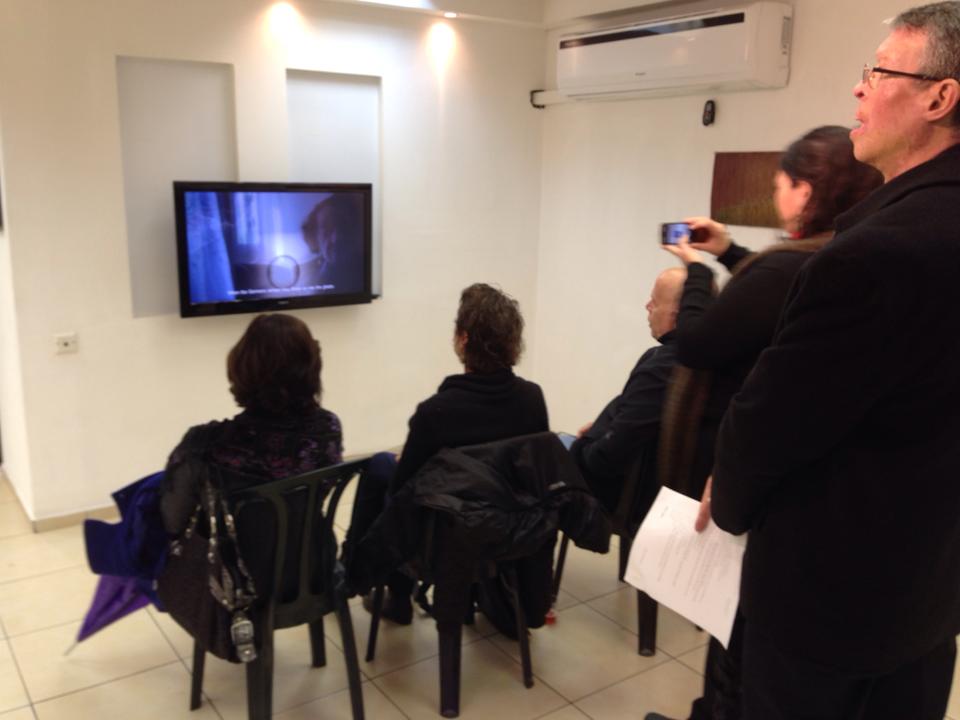
פתיחת התערוכה "והגדת לבתך", דבורה מורג / Exhibit opening "And you shall tell your daughter", Dvora Morag


